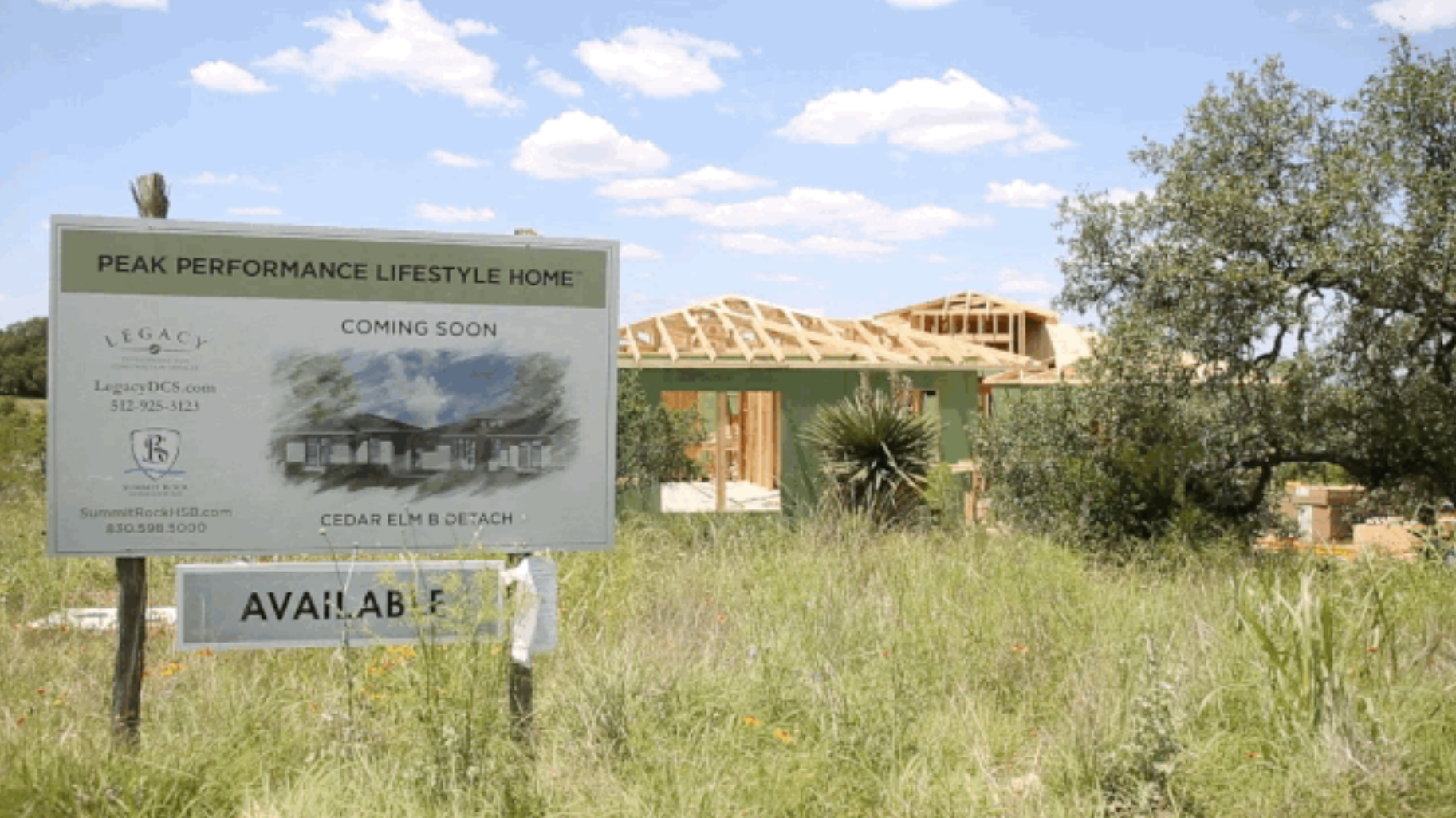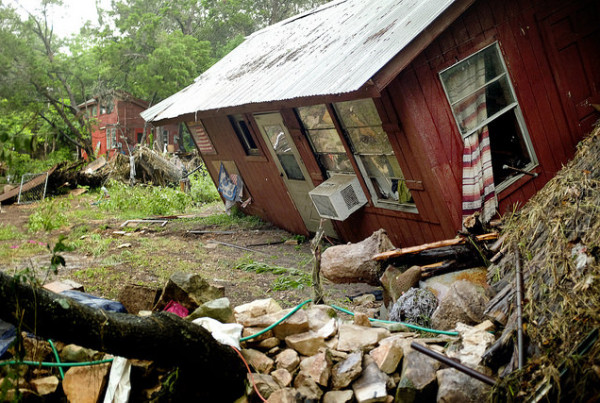This story originally appeared on KUT News. Read the whole Small Town Texas series here.
The median home price is $525,000. Fifty-three percent of the town is at least 60 years old. Only about 25 percent of the town lives there full-time, and most of the homes in town are second, or even third, homes.
Older folks with money in a sleepy lakeside town — but there might be more to Horseshoe Bay than meets the eye.
“We love our little intersection here,” says City Manager Stan Farmer, looking out from atop the hill where one of the town’s two churches stands.
From the top of this hill, you can see all of Horseshoe Bay: the manicured lawns, the gleaming resort, the glittering lake.
But look closer, and a more complicated – and changing – picture of Horseshoe Bay emerges.
Down below the church hill sits one of the town’s oldest neighborhoods. The area falls under the Horseshoe Bay property owners association. The POA formed in 1974, about 30 years before the city incorporated. Farmer points out a jewel in the POA’s impressive list of amenities.
“Quail Point building is right up there,” Farmer says. To picture the facility, think of a neighborhood community center — but larger, nicer, and on the lakefront.
Inside Quail Point sit Reagan Lambert and Mary Daniel. Both are both POA officeholders, and both have retired here to Horseshoe Bay. Lambert says that most of the permanent residents live here because they’ve chosen to retire here. He has a laundry list of reasons someone would choose to do that.
“We have five golf courses. We have a constant-level lake. We have an airport with maybe, arguably the longest private runway in the United States. The weather. The bluebonnets. The people.”
Lambert and Daniel both say they love the town just the way it is. Tough to argue with that — if they’re happy there, why change anything? The town provides everything that its older population needs, Daniel says.
“We are basically a retirement community. “We do have some young families, but not a lot, because we have no elementary school, junior high or high school. So those kids have long bus rides,” he says.
But what about the young families who call Horseshoe Bay home?
To observe the elusive “young people of Horseshoe Bay” in their natural habitat, you can go to the local yacht club, where once a week you’ll find a group of friends enjoying happy hour and discussing the other side of Horseshoe Bay.
Bramer Owens is a doctor at the brand new Baylor Scott & White Hospital located just outside Horseshoe Bay. He says the divide in Horseshoe Bay is easy to define.
“You have the folks who have the wealthy lakefront property. And then you have all the folks who work for them. They’re their maids, their yard keepers. I mean all the people that it takes to run second and third homes, they also live here,” says Owens.
Allen Pilibosian owns Treadworks Tire and Auto in Cottonwood Shores, a small community just outside the Horseshoe Bay city limits. He has more contact with those in the service industry than most businesses in the area.
“We have people who come into our shop who, price is not an issue at all. And then we have people come in who can’t afford to have the simplest things taken care of on their car. And they also live here in Horseshoe Bay,” Pilibosian says.
Owens agrees there’s not much of a middle class in Horseshoe Bay. But he thinks that could change soon, as the new Baylor, Scott & White hospital he works at finishes its initial construction phase.
“I think what you’ll see with the hospital is the establishment of a middle class,” Owens says.
And those folks will need somewhere to live. Horseshoe Bay currently has several thousand home lots ready for development. But Pilibosian wonders if those developments will just bring more of the same.
“There isn’t a large amount of housing that is good for that medium-income family. You’re either way above it or way below it,” he says.
Alan Leifeste works at Seton Healthcare in nearby Kingsland. He says you can’t isolate Horseshoe Bay when thinking about growth. Sure, the hospital will bring 300 jobs now, and more in the future, but those people can pick to live in Horseshoe Bay, or Marble Falls, or Kingsland, or even Austin.
“This area is prime to grow. Austin’s migrated this way. There’s about a 15-mile stretch between the end of Austin technically and Marble Falls [and] Horseshoe Bay. And that gap’s going to close very quickly,” says Leifeste.
And as the entire area grows, things may change. As Marble Falls gets bigger, the school district could decide it needs a school in Horseshoe Bay — which could lead to more amenities for the younger set. So that all means that things could change just a bit in Horseshoe Bay.
But right now, the town is what it is. In one of the newest and largest neighborhoods being built right now home prices start at more than $400,000.















